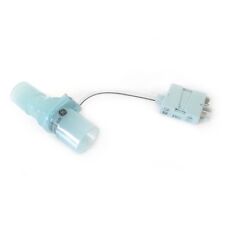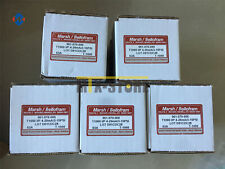
Welcome to the bottom of the deep-sea food chain. The rock bottom, that is. In the current edition of Geochemistry, Geophysics, Geosystems, a team of researchers uncovers and characterizes a process that is commonplace below the ocean bottom. In the upper 300 meters of the earth’s oceanic crust, microbes were found to have literally eaten their way through rock. Traces of this process are preserved in the glassy margins of underwater lava flows (scientists call super-cooled lava spewed by undersea volcanoes “glass,” which is similar to material used to make stone-age axes and knives). Glass samples were recovered by drilling as deep as four miles below sea level. “We’ve documented how extensive these microscopic organisms are eating into volcanic rock, leaving worm-like tracks that look like someone has drilled their way in,” said one of the paper’s co-authors, Hubert Staudigel of Scripps Institution of Oceanography at the University of California, San Diego.
Staudigel says the microbes may tunnel their way into rock to derive chemical energy from the glass and to find protection from larger grazing organisms. He calls the glass-eating microbes the rock bottom of the food chain. “We’ve basically determined the depth of the biosphere,” said Staudigel. The study is featured as an “Editor’s Choice” selection in the September 28, 2001 edition of the journal Science. Co-authors include Harald Furnes, Ingunn H. Thorseth, Terje Torsvik, and Ole Tumyr of Bergen University in Norway, and Karlis Muehlenbachs of the University of Alberta in Edmonton.


















Comments are closed.